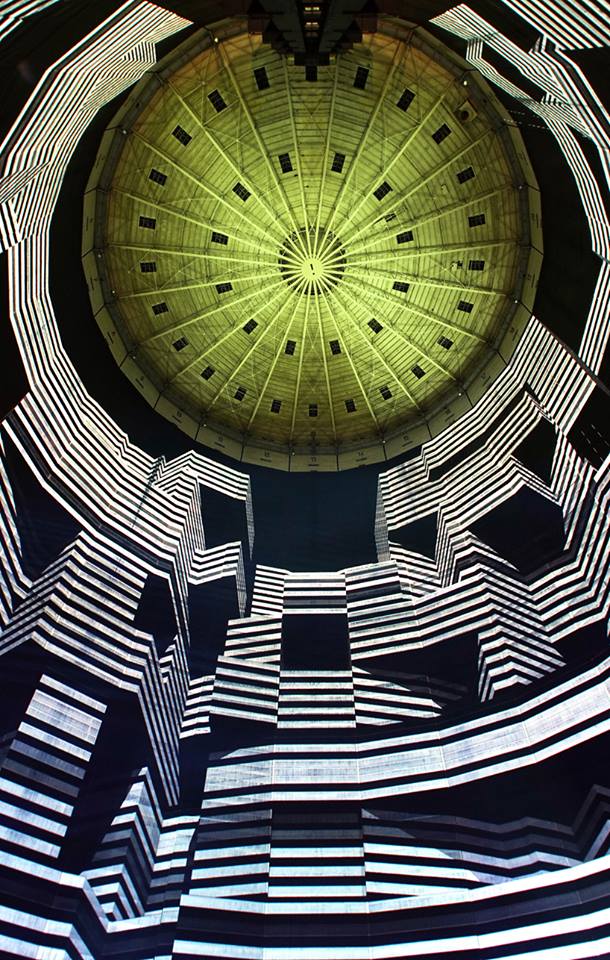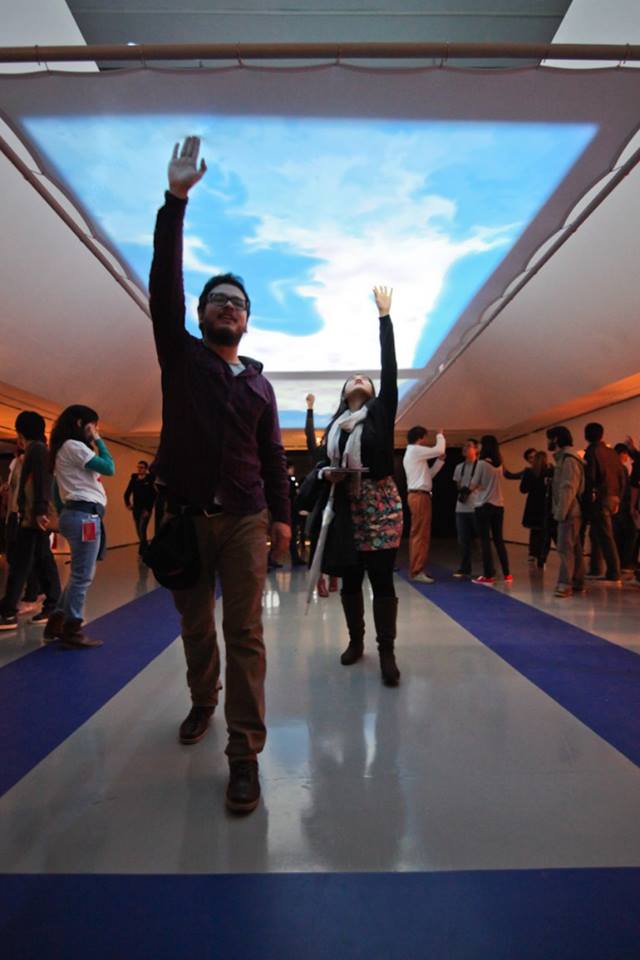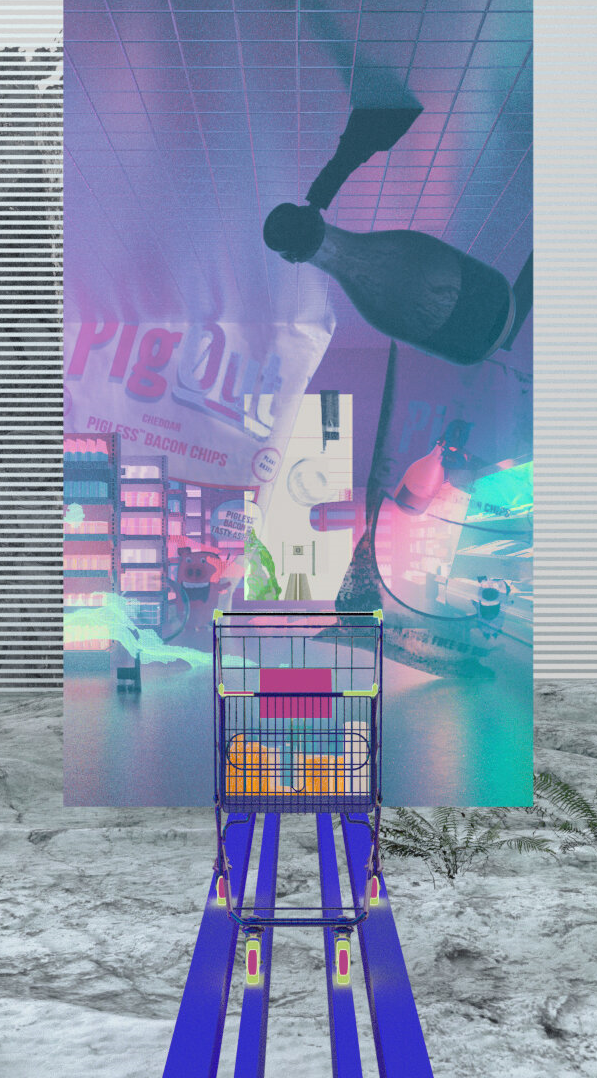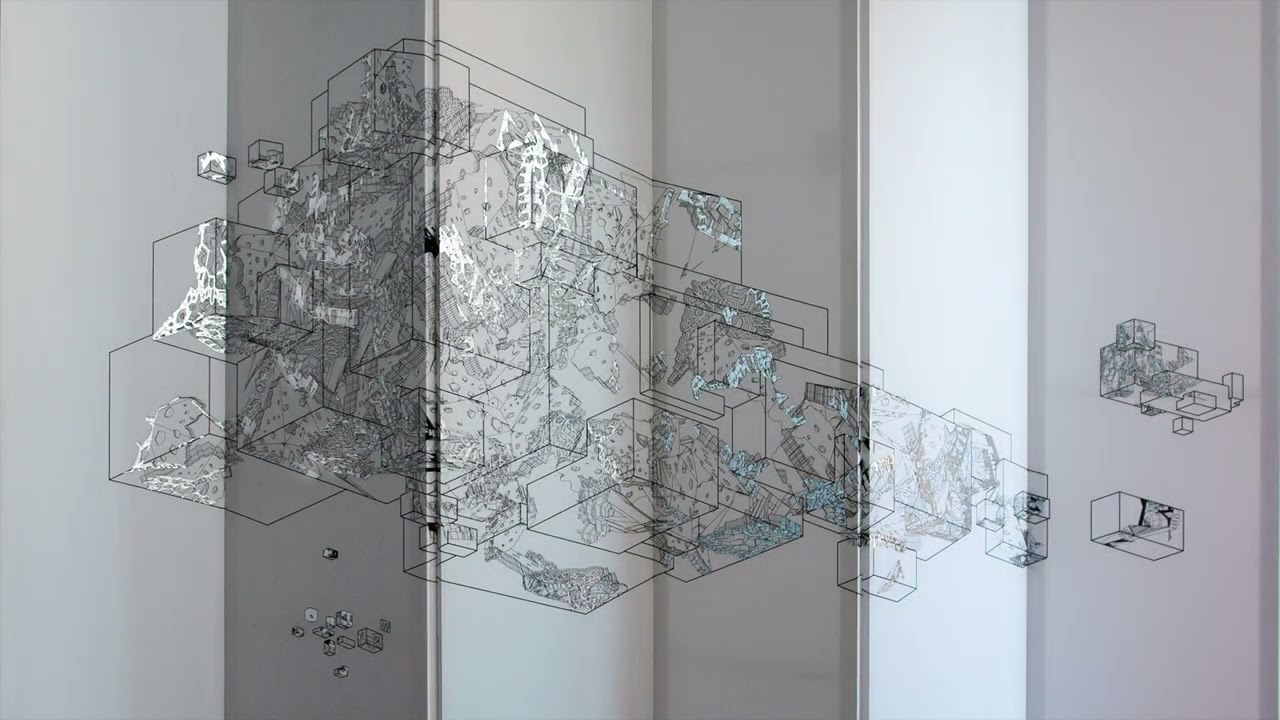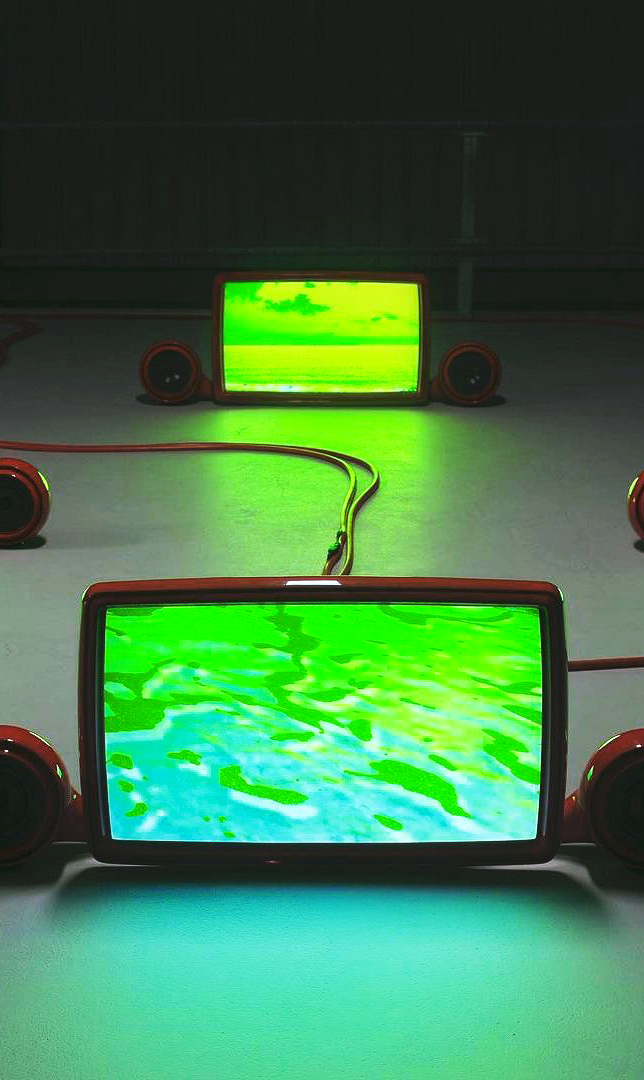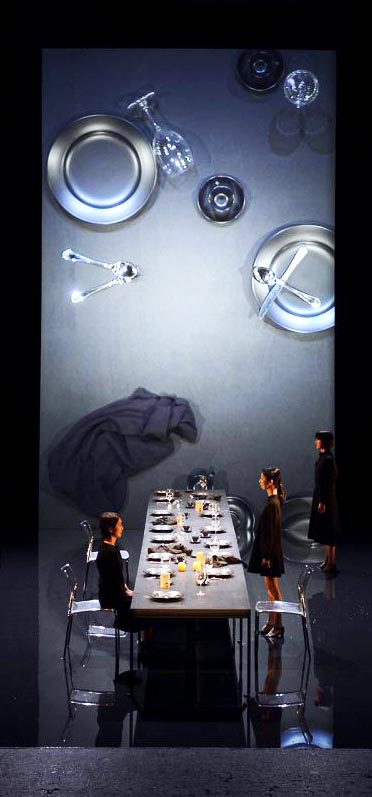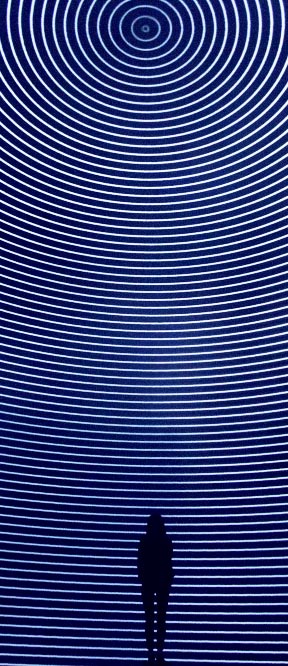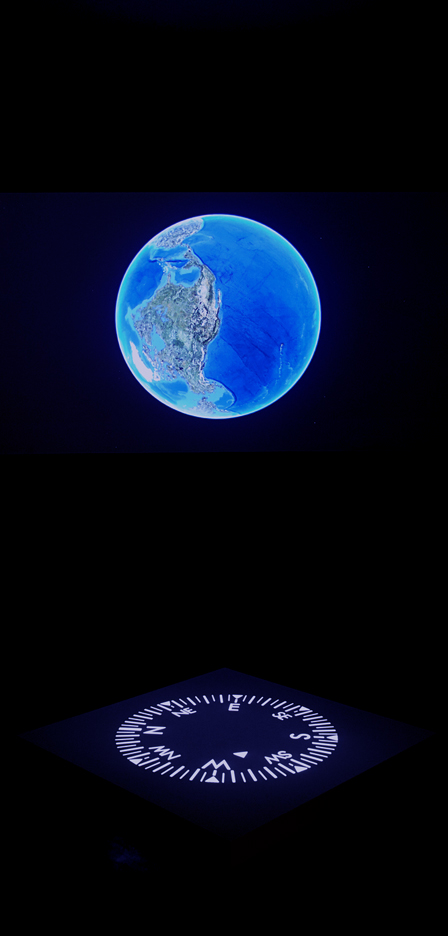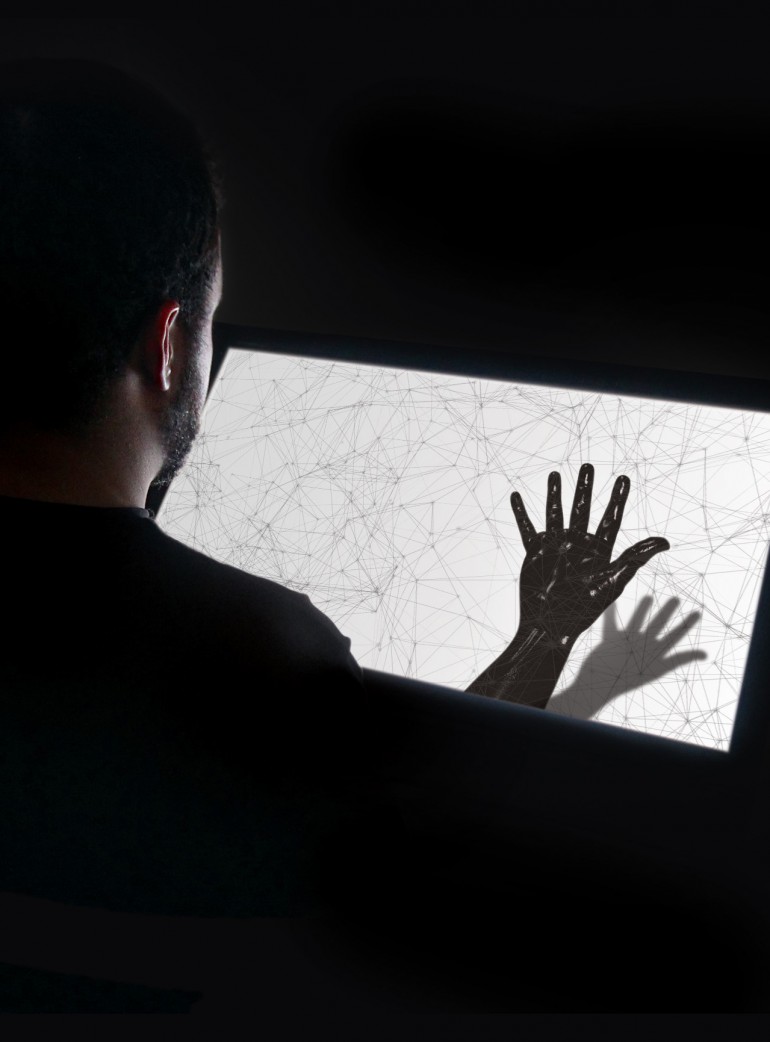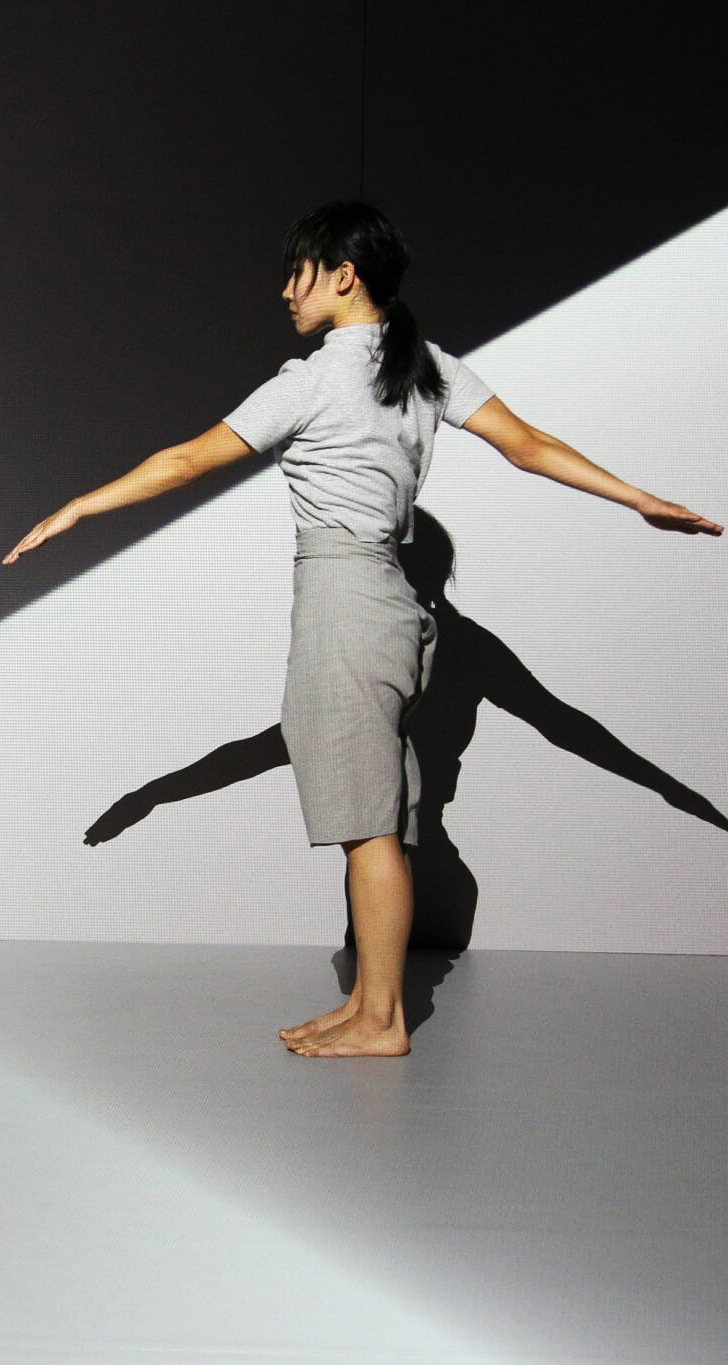
Urbanscreen
Spektrum
SPEKTRUM is an interplay of light, music and the performers. The use of projections in a theatrical context was a very pleasant experience for us, for when projections are used indoors, they can be controlled so precisely that amazing changes of perspective are possible. Once the stage is perceived as a platform, once as a white cube, once the spatial perception itself is completely challenged. As the three different elements of the performance merge into one unified language, SPEKTRUM is able to be many things at once: playful and yet fierce, touching and yet disturbing. Less a narrative than an emotional and sensory experience SPEKTRUM challenges the mind of the spectator in a quite a poetic way.
